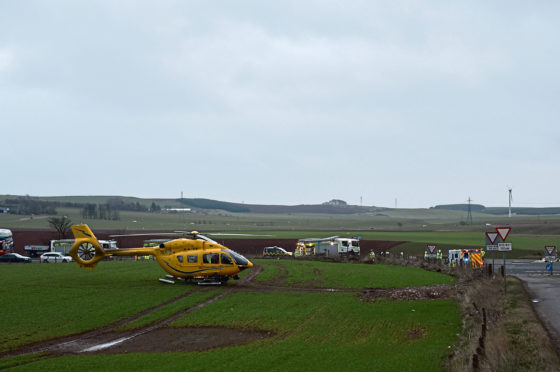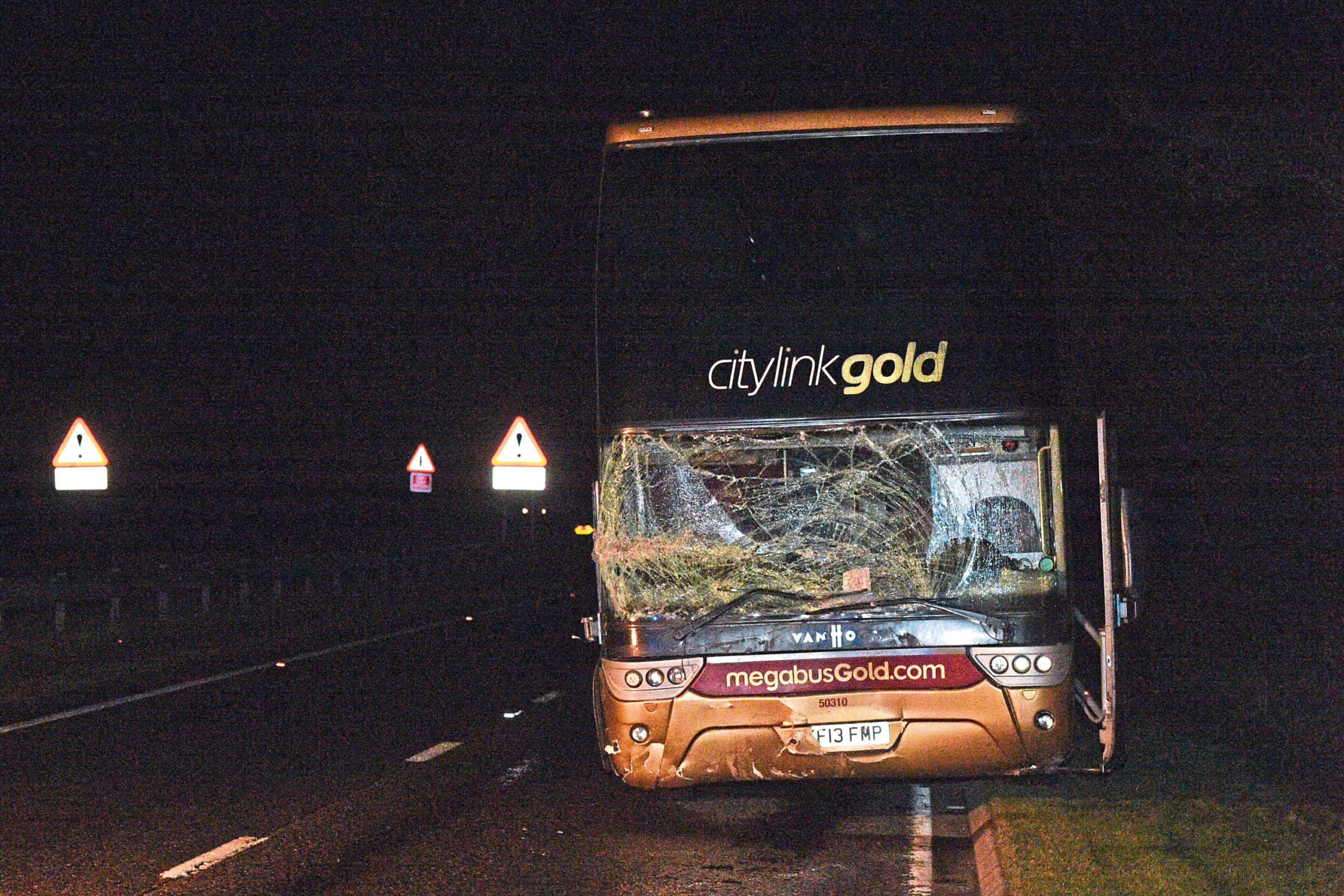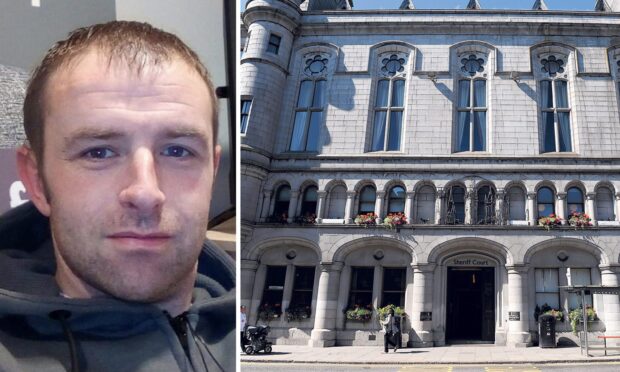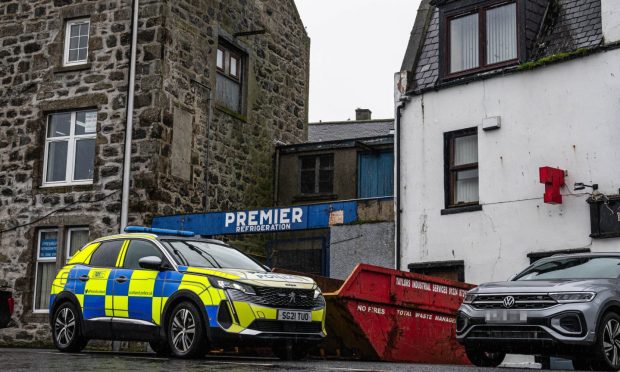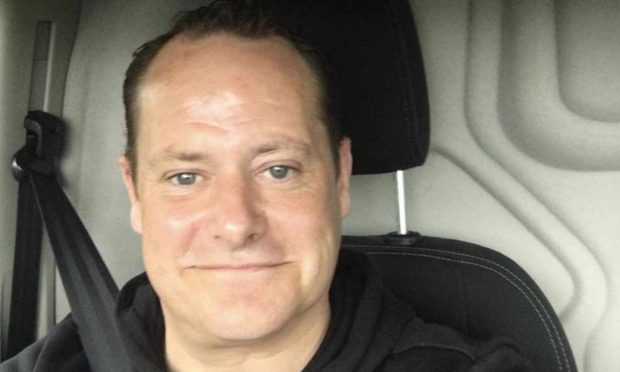A collision inspector has told a court a fatal accident involving a car and bus was down to “human error”.
Marin Rachev is on trial at the High Court in Aberdeen accused of causing the death of three people by driving dangerously on March 12 last year.
It is alleged the 35-year-old pulled out on to the A90 Aberdeen to Dundee Road from its junction with Drumlithie without giving way into the path of a bus.
The court has heard when his red Renault Megane was hit by the bus, two of his passengers were thrown on to the road and struck by another vehicle.
Rachev, of Sandilands Drive, Aberdeen, denies the dangerous driving charge.
Yesterday, PC Andrew Ramsey gave evidence and was taken through the crash investigation report by advocate depute Murdoch MacTaggart, prosecuting.
Keep up to date with the latest news with The Evening Express newsletter
The collision investigator told the jury that CCTV footage and the tachometer from the bus had been analysed.
Reading the report out loud to the court, Mr Ramsey said: “This series of collisions has occurred as a result of human error.”
When asked by Mr MacTaggart if the crash could have been caused by any mechanical faults or failures in the vehicles, the officer said no.
He told the court that bus driver Michael Murray became aware of Rachev’s vehicle and had the reaction time of one second.
“This is a relatively quick reaction time compared to the average reaction time of drivers,” he said.
“Experimental data tells us the average driver takes between one to two seconds to react to an unexpected event occurring in front of them.”
Still images of the bus’ CCTV footage were presented to the jury, which showed Rachev’s vehicle straddling the give way line and the carriageway.
Time stamps marked the moment when Mr Murray applied the brakes, decreasing his speed from 62mph to 60mph.
The trial, before Lord Kinclaven, continues.
